
Real Sources of Species which Contain Food Grade Cassia Gum
Historical References Available about Cassia Tora
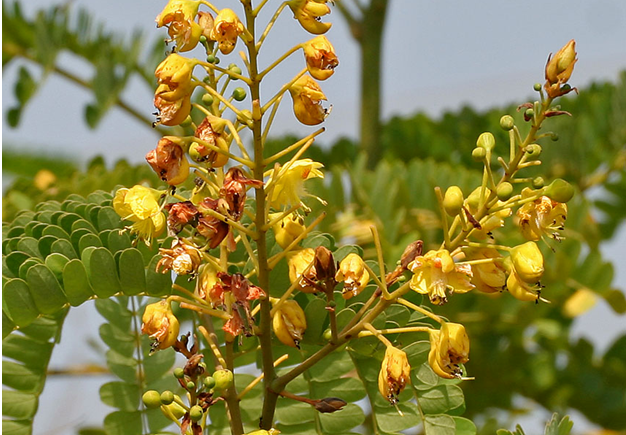
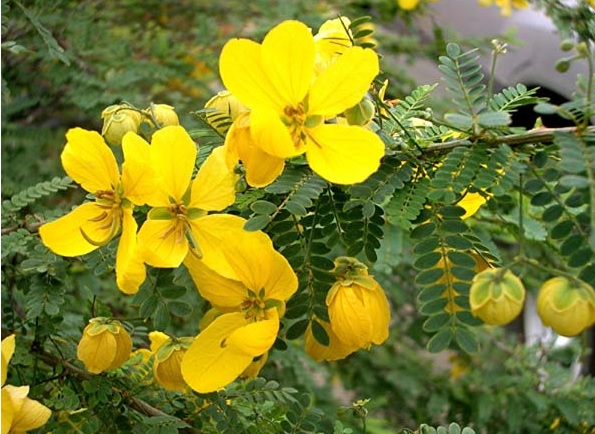
LeRoy Holm is his book “World Weeds Natural Histories and Distribution” has provided ample reliable sources about the real species of Cassia Tora. Cassia tora belongs to the Caesalpiniaceae subfamily of the Leguminosae and there are 180 genera in this subfamily. Among them cassia occidentalis and cassia tora directly belongs to cassia genre. The fact behind safety of usage of seed gums from these two types of plants was found after several researches have been proved about the toxicity present in Cassia occidentalis when it was tested with animals. Though seed gum extract is possible in these two varieties, cassia tora proves to show meager or lesser quantity of toxicity.
Why to Be Careful about Gum Extract of C.Occidentalis?
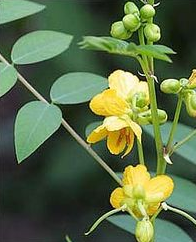
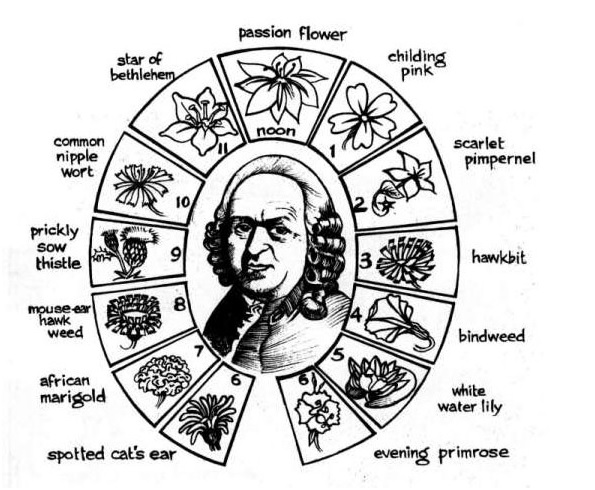
Cassia occidentalis is an annual shrub and there had been several controversies concerning the acceptance of c.occidentalis and cassia tora on equal terms. Carl Linnaeus observed the above two plants as two different species, however; later they were treated as similar. Controversies continued as many scientists took the way which Linnaeus approached and considered both as separate due to the presence of toxicity in higher lever in C.occidentalis. Gum extract obtained from occidentalis is also associated with presence of more impurities.
Selection of Raw Material Cassia Seeds through Careful Examination
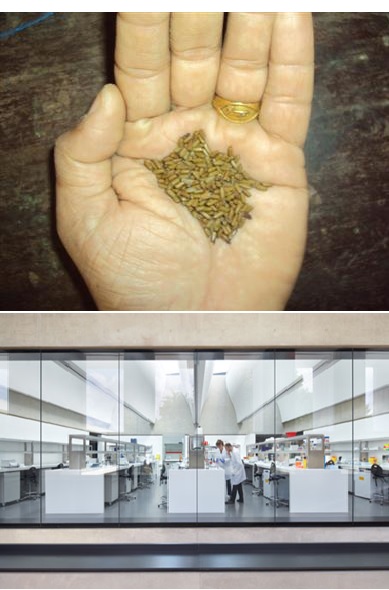
Altrafine, one of the pioneers in processing and exporting seed gums provide high quality cassia tora gum powder which is prepared as per the food grade standards. One of the main attempts we make is that we obtain cassia seeds of the safe species based on percentage of splits. In this way, our R and D team manages to obtain cassia tora seeds by thorough examination of seed shape, size and color. Finally, the endosperms of splits obtained from tested cassia tora are processed for obtaining gum powder.
Identical Cassia Species-C.Obtusifolia
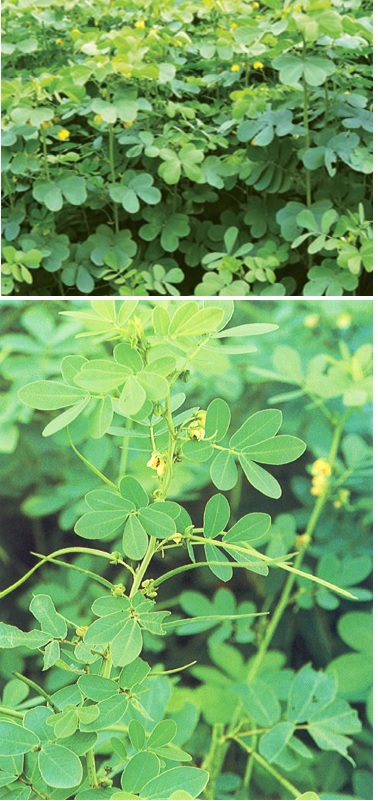
There is one more species called C.obtusifolia which is also one among the leguminosae family and the seeds look identical to that of cassia tora. However, Crawford and Friedman have observed some detectable difference in the chemical composition of these seed varieties. The presence of anthraquinones had been yet another threat to toxicity of cassia gum. At Altrafine we process cassia tora gum powder through several mechanical processes to obtain it as a pure, refined gum extract with meager anthraquinone content.
Beneficial Factors Present in Refined Cassia Gum Powder

- Contains comparatively highest percentage of Galactomannan which is about 82%.
- Contains 0.40%of acid-insoluble residue and 8.6% of moisture content.
- Contains considerable amount of copper, arsenic, zinc, etc.
- pH range if between 6.5-7.5%.
- Shows 80g+/- 10g of gel strength.
- The presence of colloidal polysaccharides provides good stabilizing and thickening properties which allows this product to stay very efficient for processed foods.
- Approved by Food and Drug Administration of U.S as a GRAS ingredient.
- Remains in its properties even when applied in highly concentrated application.
- Works effectively when combined with locust bean gum as well as xanthan gum for safe food applications.
This Article has been written & posted by Ajit Patel.

